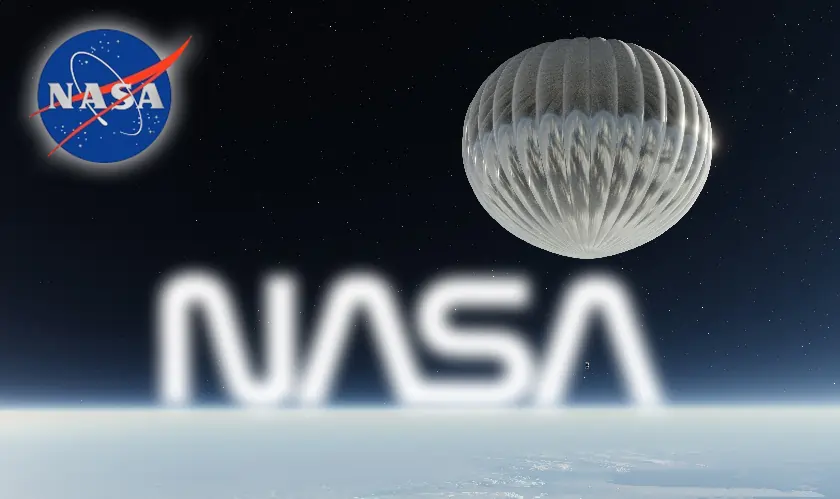Home Industry Space NASA Balloon Mission Advances ...
Space

CIO Bulletin
16 October, 2025
NASA's high-altitude balloon PICTURE-D moves space-based research forward, pioneering imaging of exoplanets and debris disks without the challenges associated with direct imaging of planetary bodies.
A NASA-sponsored high-altitude balloon launched successfully on Oct 1, 2025, carrying the Planetary Imaging Coronagraph Testbed Using a Recoverable Experiment for Debris Disks (PICTURE-D) to move to the field of space exploration and exoplanet research. Despite a federal government shutdown, the mission was not delayed due to a special exemption made by NASA bringing the PICTURE-D project on the edge of space to move forward and have it characterize space missions, which marks NASA's ongoing commitment to developing and applying knowledge when it comes to science and space-based research.
The balloon went up to 120,000 feet above New Mexico and then gently landed on a farm in Hale County, Texas. Local media reports were initially confused and thought there was a crash, but NASA explained that the landing was planned and closely monitored. The PICTURE-D mission was supported by a 23-inch telescope to capture direct images of exoplanets and their debris disks, thus solving the problem of faint reflected light close to very bright stars.
“This test is giving us a chance to conduct a very precise study of faraway solar systems,” stated Christopher Mendillo, the project head from the University of Massachusetts Lowell. The collection of data in the mission included imaging of 4 stars, among them a binary system in Cassiopeia, and showing details 1000s of times fainter than their main stars.
PICTURE-D is one of the long-established space experiments of NASA that is likely to be the progenitor of future missions like the Habitable Worlds Observatory, which is envisioned for the 2040s. The balloon system, collaborating with the Columbia Scientific Balloon Facility, enables repeated space tests at the cost of traditional spacecraft, thereby providing a flexible means for technology validation and exoplanet observation.
NASA's current use of balloons for space investigations illustrates its creative approaches to enhancing understanding of planetary systems outside of Earth, promising that space science prevails even during troublesome administration.







